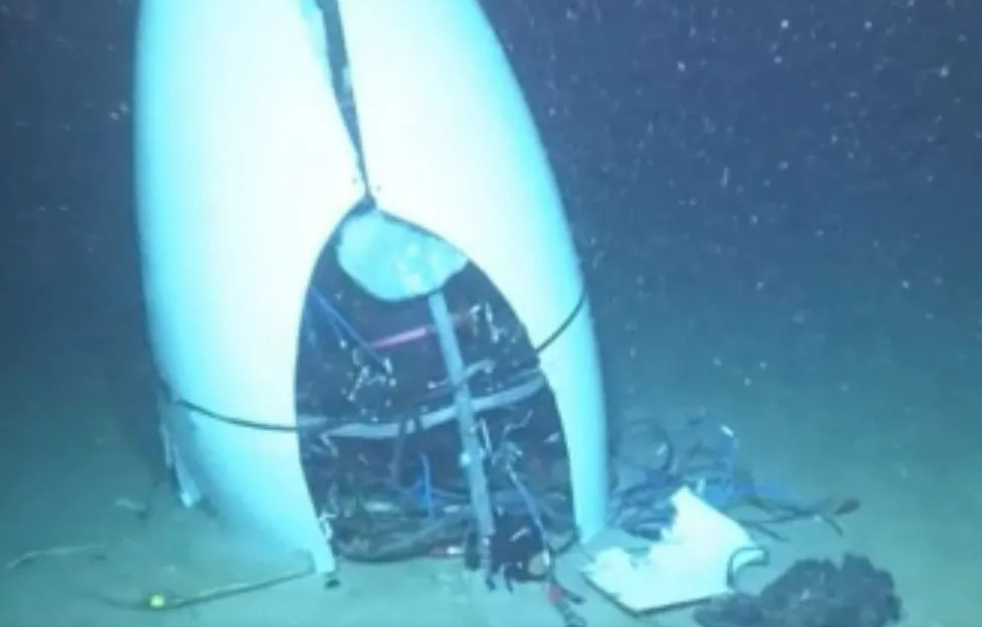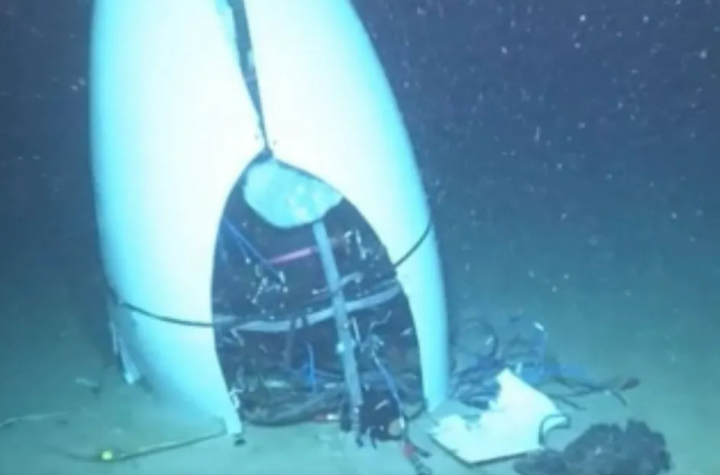An investigation by the U.S. National Transportation Safety Board (NTSB) has revealed that the Titan submersible showed structural damage to its hull long before the accident that killed five people in June 2023.

According to the final report, the first anomalies appeared during a series of test dives conducted by OceanGate, the company that built the vessel. The document highlights that as early as 2022, during what was referred to as “dive 80,” crew members reported hearing a “loud bang,” suggesting a possible failure in the carbon fiber layers of the pressure hull.
Despite this incident, the Titan continued to operate. The submersible completed at least seven additional dives — including shallow-water tests in 2023 — before the fatal implosion during its 88th expedition near the wreck of the Titanic.
Investigators concluded that OceanGate’s engineering process was inadequate and that the submersible had multiple construction irregularities, failing to meet the essential strength and durability requirements needed to withstand the immense pressure at extreme ocean depths.
The report also noted that the company did not properly notify search and rescue authorities about the planned expedition. Had U.S. Coast Guard protocols for emergency response planning been followed, rescue teams could have been mobilized more quickly — although, due to the severity of the implosion, saving the passengers would have been impossible.
The Titan tragedy remains a stark reminder to the maritime and scientific communities of the risks of technological ambition without proper safety oversight, especially in extreme environments such as the deep ocean.





More
Solar Superstorm: What Would Happen if the Sun Shut Down Earth’s Technology?
Scientists Discover New Methane Leaks Beneath the Antarctic Ocean
Earth’s Inner Heat May Split Africa and Create a New Ocean